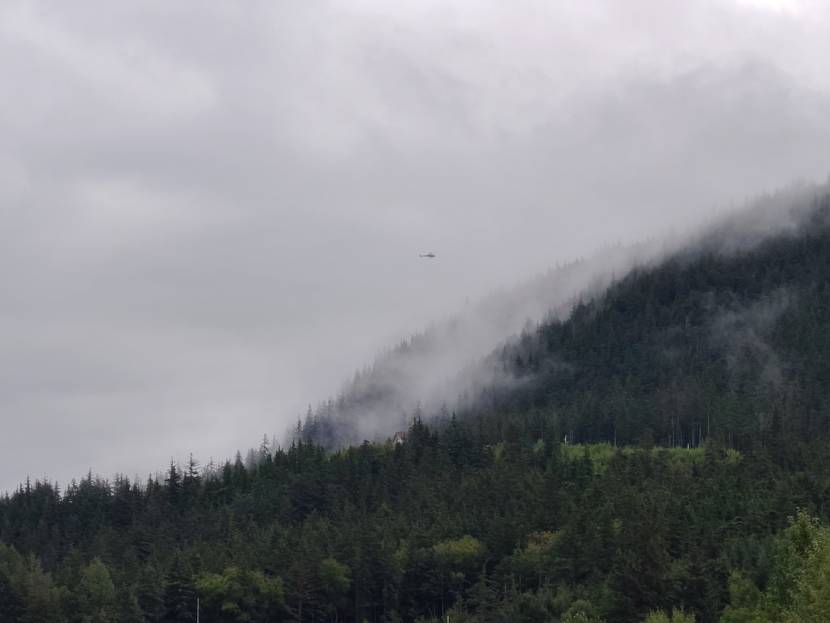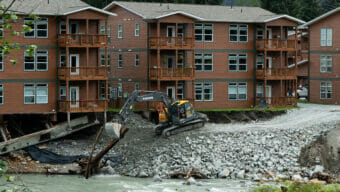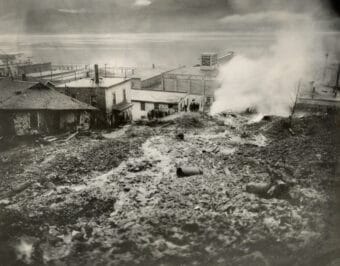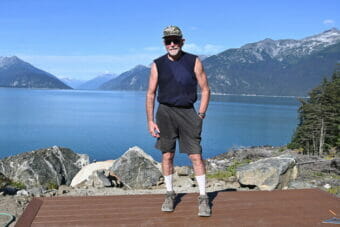
A team of researchers have released their findings from an investigation into the Beach Road landslide in Haines. Investigators found the area is stable for now but could slide again after another large rainstorm or earthquake.
They presented their finding and recommendations at a town hall via video-conference on Monday.
After an investigation that spanned more than a year, geologists say that loose, saturated soil and weak bedrock were behind the December 2020 landslide. Eight inches of rain fell in 24 hours before the catastrophic event, which buried homes and killed David Simmons and Jenae Larson.
Engineer George Machan, with the Oregon-based geotechnical firm Landslide Technologies, says nearby areas didn’t have the same issues.
“The catastrophic landslide occurred where the hillside is weakest and the ground pressures are highest. It’s like the perfect storm,” Machan said. “Elsewhere, the hillside on either side, the subsurface materials are not as weak.”
But he says the slope is stable for now.
“If you just spread your fingers just very slightly to like a tenth of an inch or so, that’s a small amount of movement that has occurred over the past five months,” Machan said. “So it’s a very small amount of movement we’re able to detect.”
The state contracted his firm, along with Anchorage-based R&M Consultants, Inc., to study the landslide.
The investigation involved calculating any continued movement, slope stability, water and debris flows, analyzing geologic hazards and making recommendations for management.
Machan says a major earthquake could present especially big risks.
“Now, in December 2020, there wasn’t an earthquake,” Machan said. “But we are asked to study seismic events or earthquakes because this is a fairly active seismic area. And there is a fault area on the inlet to the south of this hillside. And so, if a very close-by earthquake were to occur, it could shake this hill.”
Machan says large earthquakes are rare, but it could be hazardous for not only the Beach Road area but other slopes as well.
“These are fairly infrequent events, right? So you could have seismic events that could have a 500 year recurrence interval or 1000 year recurrence interval,” he said. “But when they happen, they can have some effects. Now, it’s not just Beach Road, so many areas throughout Haines, we’ve got these steep hillsides that are going to feel the effects of seismic events.”
The engineers’ report also lays out several recommendations to improve the community’s response to conditions that make landslides likely. Machan says management could look like improving drainage in the area and monitoring rainfall during severe storms to determine whether residents should evacuate.
“As you do more monitoring, you’ll figure out where that threshold is,” he said. “At what threshold of precipitation would we become more concerned about it and maybe take more critical measures like advising people to not be in that area.”
Machan and the team of researchers encourage the public to look through the findings and recommendations and bring questions for the team to the next town hall, which is scheduled for 6:30pm on April 5.



